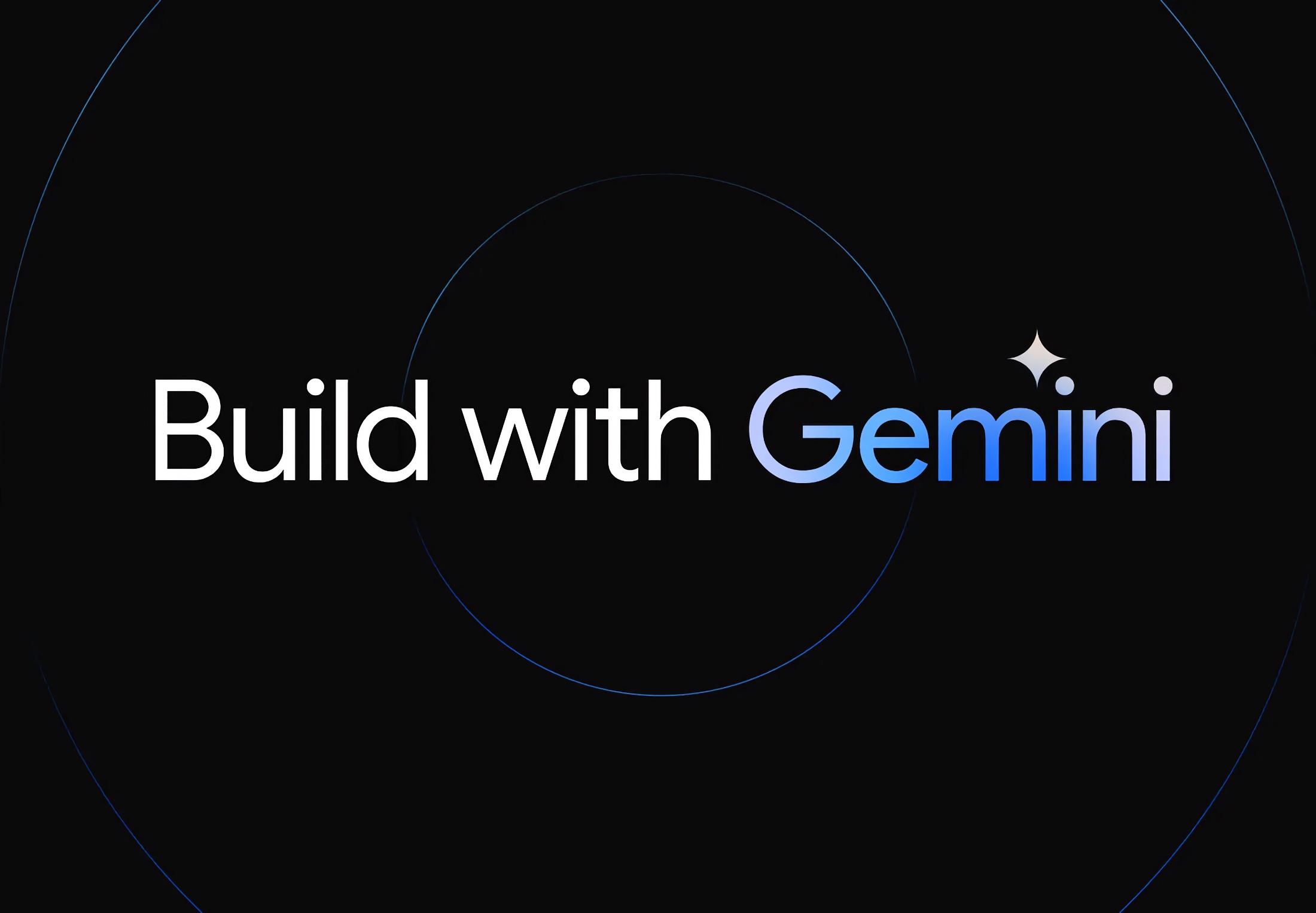By ATS Staff - July 20th, 2025
Data Science Google Software Development
Using Google Gemini 2.5 Pro effectively for software development requires strategic prompt engineering to maximize its capabilities in code generation, debugging, optimization, and documentation. Below are best practices to get the most out of Gemini 2.5 Pro in your development workflow:
1. Be Specific & Contextual in Prompts
Gemini 2.5 Pro performs best when given detailed, structured prompts with clear objectives.
✅ Good Example:
"Generate a Python function using FastAPI that accepts a JSON payload with 'username' and 'email', validates the email format, and stores it in a PostgreSQL database. Include error handling for duplicate emails."
❌ Bad Example:
"Write a FastAPI function for user registration."
Why?
- The first prompt provides language, framework, input/output, validation, and error handling requirements.
- The second is too vague, leading to generic or incomplete responses.
2. Break Down Complex Tasks
For large or multi-step problems, decompose prompts into smaller, manageable tasks.
Example:
- "Design a database schema for an e-commerce app with Users, Products, and Orders."
- "Generate SQL queries to fetch a user's order history with product details."
- "Optimize the query for performance with indexing suggestions."
Benefits:
- Reduces errors in complex logic.
- Allows iterative refinement.
3. Provide Examples & Constraints
Gemini 2.5 Pro can mimic patterns if given sample inputs, outputs, or constraints.
✅ Good Prompt:
"Here’s a sample JSON input:
{'temperature': 25, 'unit': 'Celsius'}. Write a JavaScript function that converts this to Fahrenheit. The output should be{'temperature': 77, 'unit': 'Fahrenheit'}."
❌ Bad Prompt:
"Write a temperature converter in JavaScript."
Why?
- Example-driven prompts ensure consistent formatting and logic.
4. Ask for Explanations & Justifications
Gemini 2.5 Pro can explain code, suggest optimizations, and justify decisions.
Example Prompts:
- "Explain how this React useEffect hook works step-by-step."
- "Suggest improvements for this SQL query and explain why they’re better."
- "What are the security risks in this authentication code, and how can I fix them?"
Use Case:
- Helps in learning, debugging, and code reviews.
5. Iterative Refinement (Prompt Chaining)
Instead of expecting a perfect response in one go, refine prompts based on outputs.
Example Workflow:
- "Generate a Python script to scrape a website."
- "Now modify it to handle pagination and rate-limiting."
- "Add error handling for failed HTTP requests."
Why?
- Allows progressive improvement of generated code.
6. Leverage Multi-Modal Capabilities (if applicable)
If Gemini 2.5 Pro supports images/diagrams, use it for:
- Generating architecture diagrams from descriptions.
- Explaining UML/flowcharts.
- Converting handwritten notes to code.
Example Prompt:
"Convert this whiteboard diagram (attached) into a PlantUML class diagram."
7. Ask for Best Practices & Optimization
Gemini can suggest performance improvements, security fixes, and scalability enhancements.
Example Prompts:
- "How can I make this Django ORM query more efficient?"
- "What are the best practices for JWT authentication in Flask?"
- "Suggest ways to reduce the Docker image size for this Node.js app."
8. Generate Documentation & Tests
Automate boilerplate documentation and test cases.
Example Prompts:
- "Write a docstring for this Python function in Google-style format."
- "Generate unit tests for this Rust module using pytest."
- "Create a README.md for this GitHub repo explaining setup and usage."
9. Compare Alternatives
Ask Gemini to compare libraries, algorithms, or architectures.
Example Prompt:
"Compare using Firebase vs. Supabase for a real-time chat app. List pros and cons."
Use Case:
- Helps in tech stack decisions.
10. Handle Errors & Debugging
Gemini can analyze stack traces, suggest fixes, and debug code.
Example Prompts:
- "Why am I getting 'SyntaxError: Unexpected token' in this JavaScript code?"
- "How do I resolve this Python ImportError: 'No module named pandas'?"
- "Explain this Kubernetes error log and suggest fixes."
Bonus: Use System-Level Instructions (if supported)
If Gemini 2.5 Pro allows role-setting, guide its behavior upfront.
Example:
"You are an expert Python backend engineer. Provide production-grade code with type hints and async support."
Final Tips
✔ Experiment with temperature settings (if adjustable) for creativity vs. precision.
✔ Verify generated code (Gemini can hallucinate).
✔ Combine with traditional tools (GitHub Copilot, linters, CI/CD).
By following these prompt engineering best practices, you can make Gemini 2.5 Pro a powerful AI pair programmer for your software development tasks.
Popular Categories
Agile 2 Android 2 Artificial Intelligence 50 Blockchain 2 Cloud Storage 3 Code Editors 2 Computer Languages 12 Cybersecurity 8 Data Science 15 Database 7 Digital Marketing 3 Ecommerce 3 Email Server 2 Finance 2 Google 6 HTML-CSS 2 Industries 6 Infrastructure 3 iOS 3 Javascript 5 Latest Technologies 42 Linux 5 LLMs 11 Machine Learning 32 Mobile 3 MySQL 3 Operating Systems 3 PHP 2 Project Management 3 Python Programming 26 SEO - AEO 5 Software Development 46 Software Testing 3 Web Server 7 Work Ethics 2